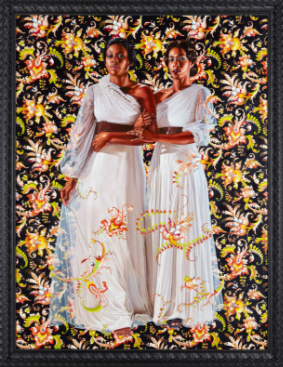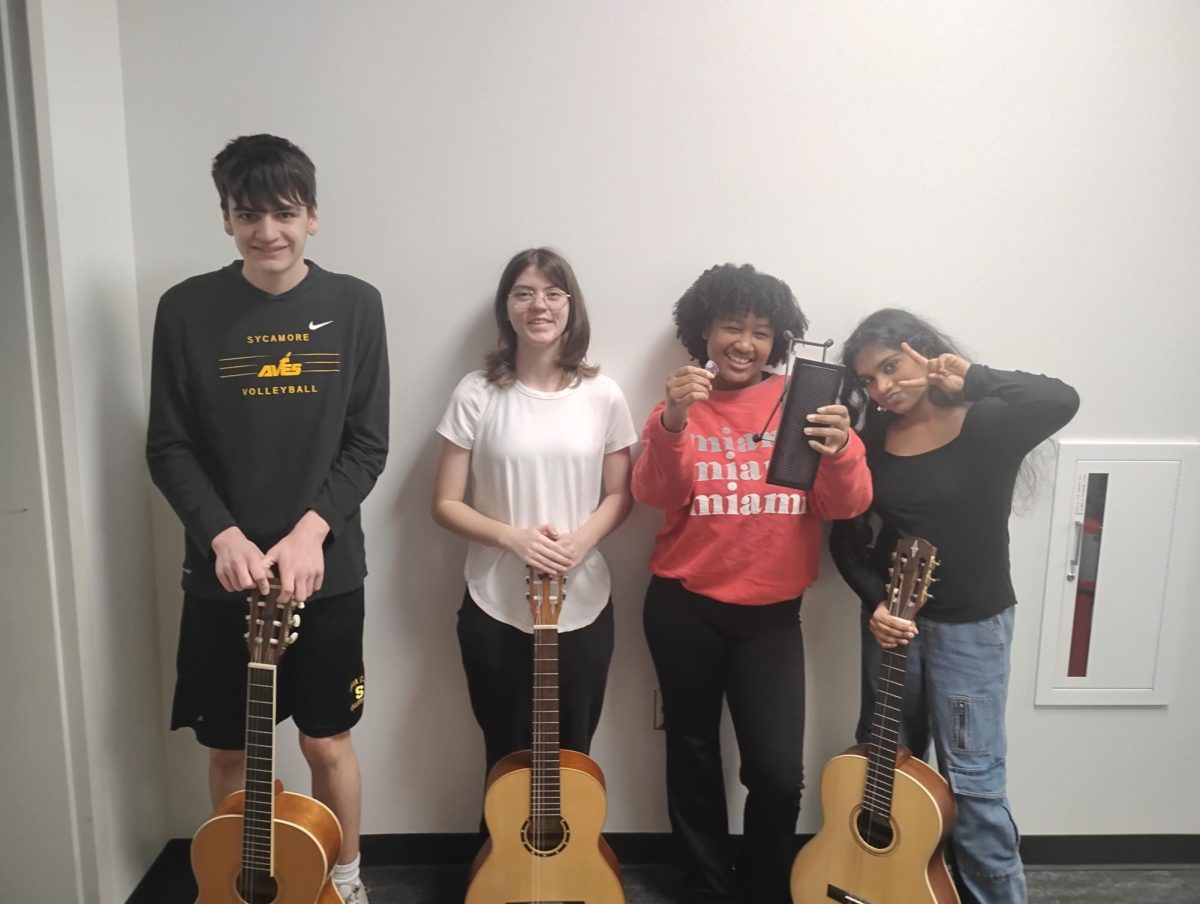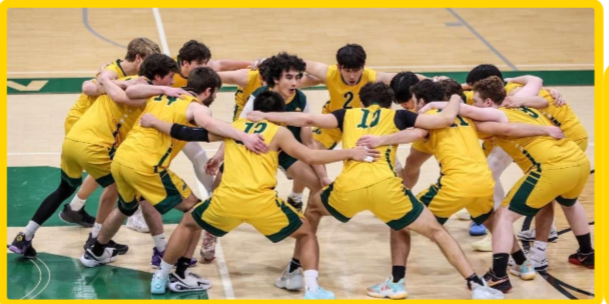The Harlem Renaissance was a cultural and intellectual movement of African Americans that began around the 1920s. It eventually swept across the U.S., where Harlem, New York, became a symbolic center.

Literature also played a key role in the growth and culture of the Harlem Renaissance. Zora Neale Hurston, novelist, anthropologist, and folklorist, published Their Eyes Were Watching God in 1937. This book was not printed for the public for nearly 30 years due to the discussions of taboo issues of politics and race. During the 1975 republishing, the book rapidly gained recognition and was read by stars like Oprah Winfrey. It was adapted into a movie in 2005. Hurston’s novel is seen as a masterpiece of vivid, raw and painful experiences of Black women in the 20th century. The book has sold over 1 million copies.
At SHS, Their Eyes Were Watching God is presented as a choice book for summer reading in AP Literature and Composition classes. Hurtson’s book is presented as a choice book for summer reading. Ms. Melissa Wolfe, one of the AP Literature and Composition teachers who first read the novel in college, still loves the book and Zora Neale Hurtson. “Reading Their Eyes Were Watching God is an opportunity to look at who we were as a society in the early 20th century, in contrast to who we are now almost exactly 100 years later in the early 21st century,” said Wolfe. “[To read it is] to realize how far we have come and how much work we need to do in order to make everyone feel valid, valued, and valuable in our society.”
Many musicians can trace inspiration to Louis Armstrong, who is considered one of the most influential figures in the Harlem Renaissance and jazz music. He created a loose, free, and informal swinging vocal style, inspiring people like Billie Holiday. Billie Holiday, who herself was an icon of the Harlem Renaissance, did not begin her musical career with any formal training, but had an instinctive knowledge of jazz and the blues. SHe had faced harsh racial injustice, and adapted and recorded the poem “Strange Fruit,” which became a protest anthem.
Artists who were inspired by the Harlem Renaissance also have a current impact in Cincinnati. For example, American painter Kehinde Wiley, who is perhaps best known for creating portraits of President Barack Obama and First Lady Michelle Obama, is represented in the Cincinnati Art Museum’s permanent collection. Wiley, born February 28, 1977, in Los Angeles, California, began his artistic journey at the San Francisco Art Institute, where he explored various techniques such as glazing and layering.
We can also see Aaron Douglas, a celebrated painter and illustrator known for his contribution to the visual arts during the Harlem Renaissance. Douglas’ work often featured stylized geometric forms and depicted the African-American experience in a powerfully symbolic manner.
Wiley, in his own artistic practice, echoes Douglas’ commitment to portraying the strength, resilience, and beauty of the African-American community. Both artists share an interest in redefining and challenging traditional representations of Black individuals in art, using their work to empower and elevate the narratives of people of color.
By exploring the visual language of the Harlem Renaissance, Wiley pays homage to the groundbreaking artists who paved the way for him. Through his contemporary lens, Wiley continues the tradition of celebrating the diversity and complexity of African-American identity, connecting the past to the present in a dynamic and visually striking manner.
The Harlem Renaissance happened more than 80 years ago, but the cultural, social, and artistic achievements of this vibrant movement continue to resonate in the work of contemporary artists today. It laid the foundation for a redefinition of African-American identity, fostering a sense of pride and empowerment that will be seen for generations to come. Artists today continue to draw inspiration from the creativity and resilience of those who contributed to the Harlem Renaissance, incorporating its themes of self-expression,cultural heritage, and social commentary into their own artwork. It addition, the impact of the Harlem Renaissance extends beyond the world of art, shaping the broader landscape of Black culture, identity, and representation in the modern era.







